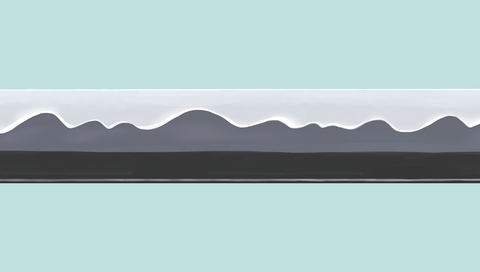Midareba in Japanese Katana terminology
乱刃/乱れ刃 (Midareba)
What is Midareba in Japanese Katana terminology?
Midareba refers to a type of blade pattern (Hamon) in Japanese swords. It is a term used to describe any tempered blade pattern (Hamon) (Yakiba) that is not a straight blade pattern (Hamon) (Suguha).
There are various types of Midareba, created by the swordsmith. These include ""丁子乱れ"" (Chouji Midare), which resembles a string of cloves; ""互の目乱れ"" (Gunome Midare), which looks like a series of round patterns creating a bumpy shape; ""湾れ刃"" (Notareba), which suggests gentle waves; ""簾刃"" (Sudareba), where the tempered blade has dot-like or line-like patterns parallel to the blade, reminiscent of a bamboo blind; and ""濤瀾刃"" (Touranba), which suggests crashing waves.
The ""脇差 銘 津田越前守助広 延宝五年二月日"" is a Wakizashi (short sword) forged by ""津田越前守助広"" (Tsuda Echizen no Kami Sukehiro), a representative craftsman of the Osaka Shinto. Tsuda Echizen no Kami Sukehiro is known for pioneering the Touranba blade pattern (Hamon), which influenced later swordsmiths.
This sword is characterized by its Touranba pattern with angular blades, demonstrating the skill of Tsuda Echizen no Kami Sukehiro.







